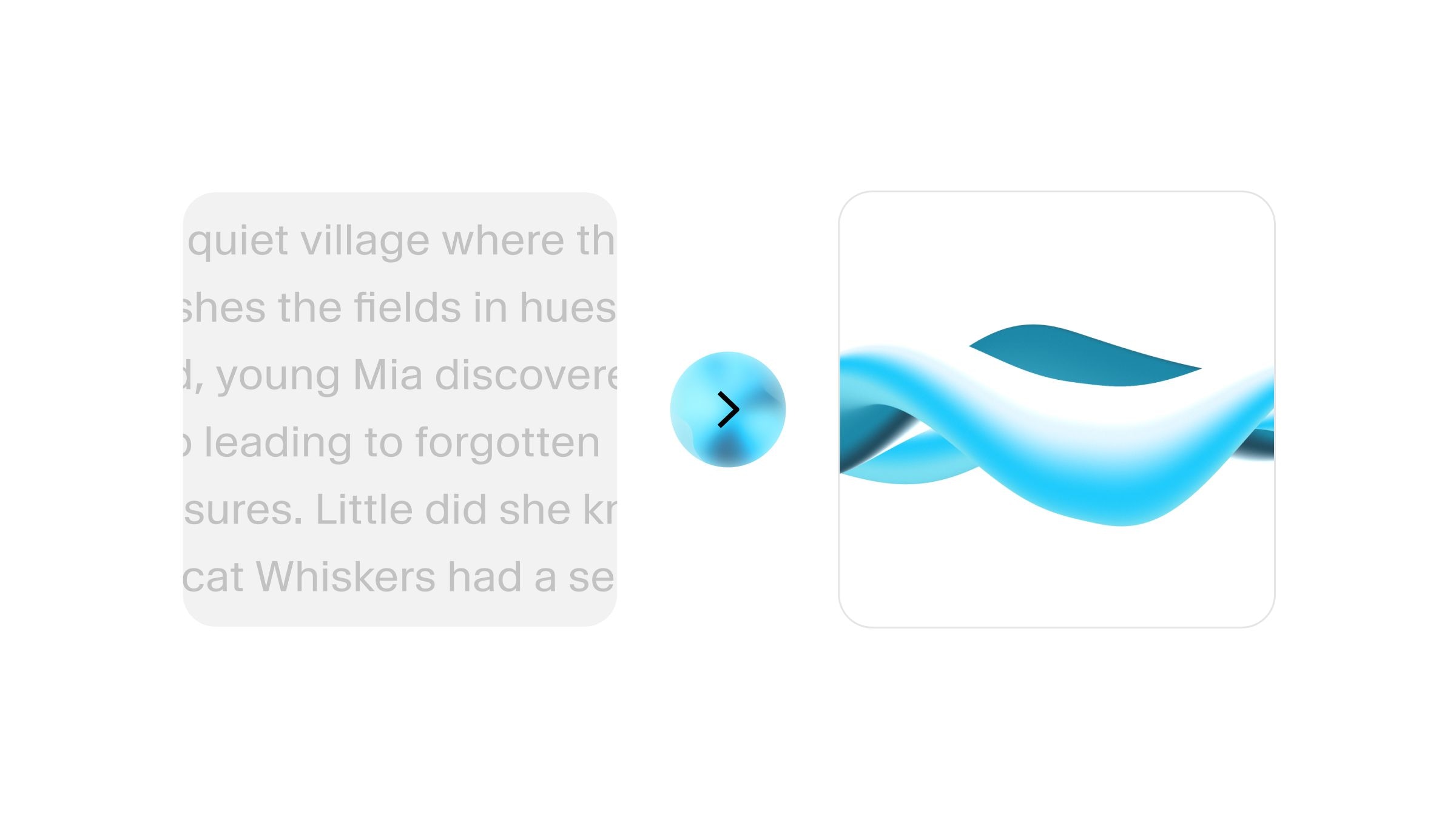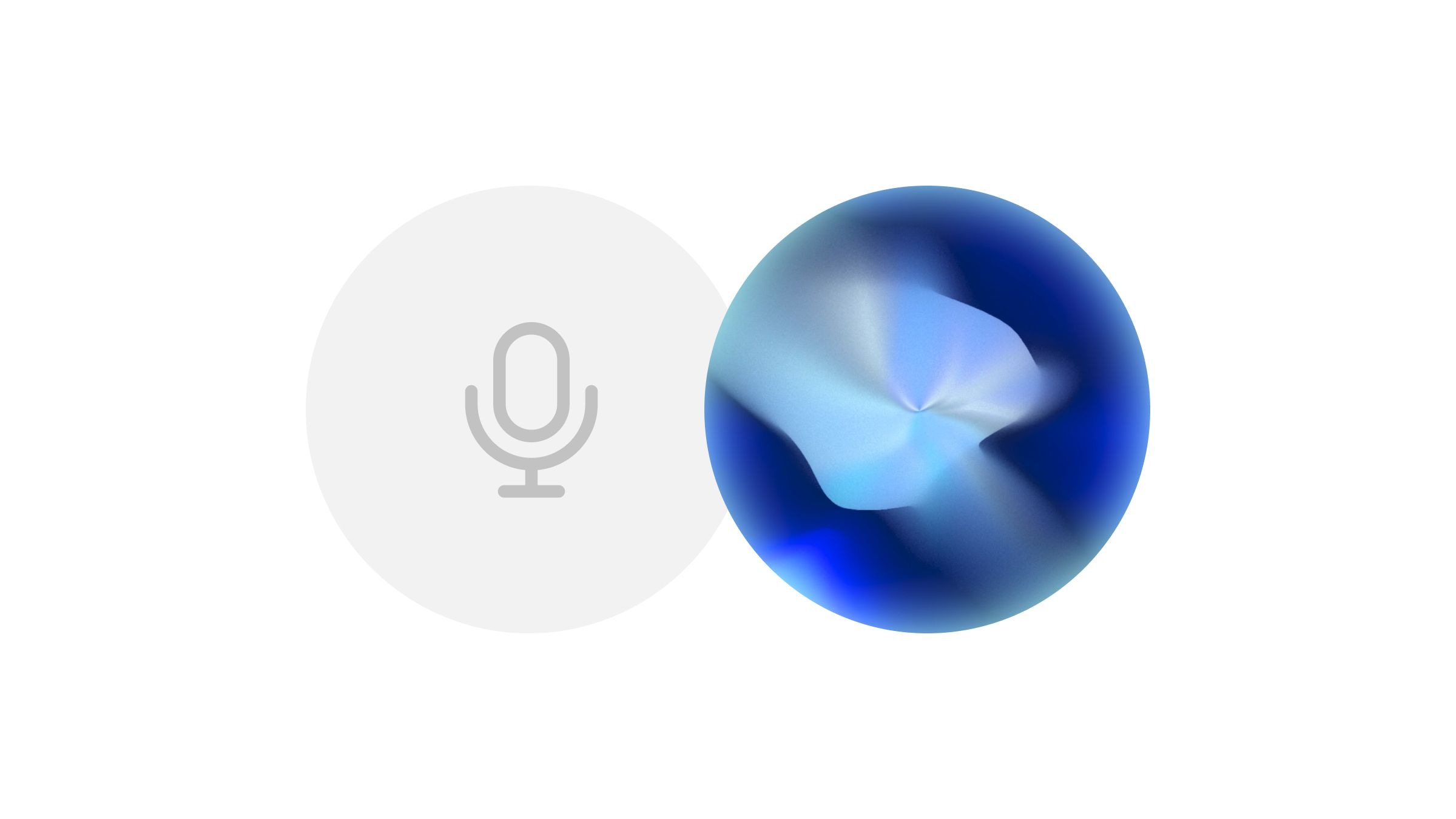Images used: Pexels, Pexels, Pexels
Translating podcasts
In collaboration with Spotify, OpenAI Voice is set to redefine the podcasting landscape.
By harnessing OpenAI's voice generation technology, Spotify aims to offer podcast translations that aren't just linguistically accurate but also emotionally congruent. Imagine listening to a podcast originally in English, now available in multiple languages, all while preserving the unique nuances of the original speaker.
This goes way beyond mere translation. It represents a recreation that ensures listeners across the globe can connect deeply with the content.
OpenAI voice limitations
While OpenAI Voice stands as a beacon of innovation in the realm of AI interactions, it's vital to understand that, like all technological marvels, it comes with its own set of limitations:
Image recognition and safety:
Vision, as embedded in ChatGPT, primarily aims to enhance daily life interactions, functioning optimally when interpreting what users visually encounter. Collaborations with platforms like 'Be My Eyes' have enriched OpenAI's perspective on visual capabilities, making it sensitive to the needs of the visually impaired.
For instance, users might share an image of a crowded park to inquire about plant species, even though there are people in the distance enjoying a picnic.
This vision feature is not infallible, however. OpenAI has incorporated measures to limit ChatGPT's scope in making definitive remarks about individuals within images, given that the model's accuracy can vary and the paramount need to uphold individual privacy.
As real-world feedback pours in, the emphasis is on refining these protective measures, ensuring a balance between functionality and safety. To dive deeper into the intricacies of image input, this study based on the system card offers invaluable insights.
Specialized topics:
OpenAI Voice, while impressive, is not a substitute for expert advice, especially in specialized sectors like research or medical advice. Users are encouraged to approach such high-risk topics with caution, always seeking verification before relying on the model's output.
Language proficiency:
Although adept at transcribing English text, OpenAI Voice's proficiency wanes with certain non-English languages, particularly those employing non-roman scripts. Consequently, non-English users are advised to exercise caution when using the text-to-speech feature in such languages.
Voice cloning concerns:
The capability to generate near-perfect synthetic voices, while groundbreaking, comes with the shadow of potential misuse. Impersonation and fraudulent activities are concerns that users must be aware of, underscoring the importance of ethical and informed usage.
While OpenAI Voice offers a plethora of opportunities to enhance digital interactions, recognizing its boundaries is crucial to harnessing its potential responsibly.
Generative voice AI
In a world inundated with digital voices, true innovation lies not just in mimicking speech but in crafting personalized auditory experiences.
The true pioneers in this space are those who look beyond mere language barriers to bridge emotional and cultural divides.
ElevenLabs, with its cutting-edge approach to voice synthesis, emerges as a true game-changer in this domain.
Bridging global narratives with ElevenLabs
Voice synthesis, at its core, is about communication. But for ElevenLabs, it's a commitment to global resonance. Their advanced multilingual AI technology ensures content doesn't merely reach audiences but truly connects with them, regardless of geographical boundaries.
With capabilities to offer text to speech in 70+ languages, ElevenLabs' AI goes beyond generic text-to-speech solutions. It harnesses deep learning to produce speech that's clear, emotionally charged, and culturally in tune.






